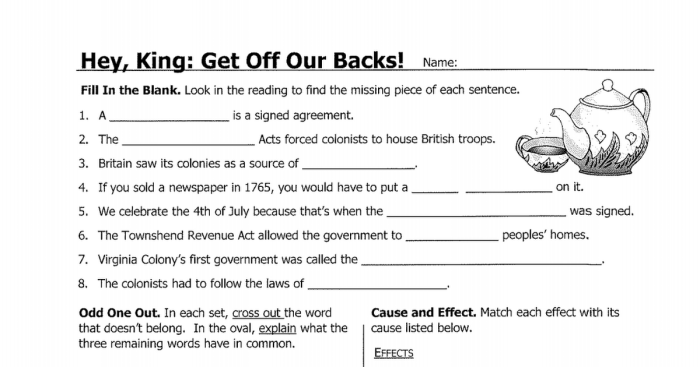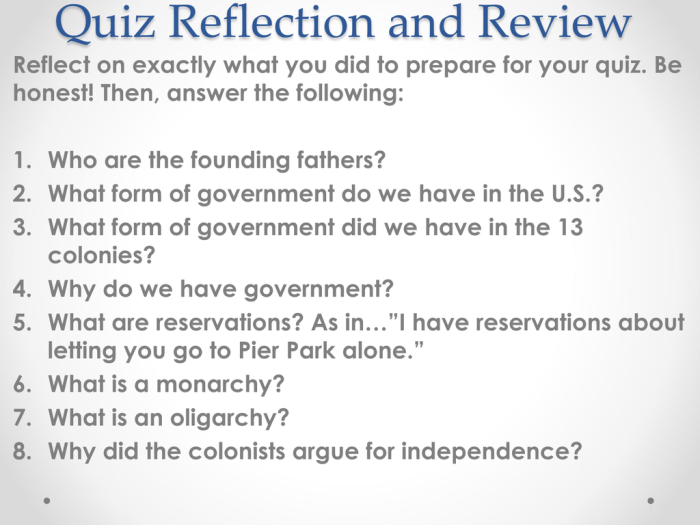Delving into icivics hey king get off our backs, this introduction immerses readers in a unique and compelling narrative, with a gaya akademik dengan tone otoritatif that is both engaging and thought-provoking from the very first sentence.
The content of the second paragraph that provides descriptive and clear information about the topic
Historical Context
Martin Luther King Jr.’s “Hey King, Get Off Our Backs” speech, delivered in 1963, was a pivotal moment in the Civil Rights Movement. The speech addressed the growing impatience and frustration within the African American community over the slow pace of progress towards racial equality.
The historical events and social climate that led to the speech included the failure of the federal government to pass meaningful civil rights legislation, the increasing violence and brutality against African Americans, and the growing dissatisfaction with the nonviolent approach of the Civil Rights Movement.
Rhetorical Analysis: Icivics Hey King Get Off Our Backs
King’s speech is a masterpiece of rhetoric, employing a range of strategies to convey his message effectively. He uses figurative language, such as metaphors and similes, to create vivid imagery and make his points memorable. He also uses emotional appeals, such as pathos and ethos, to connect with his audience on a personal level.
For example, King compares the struggle for civil rights to a “whirlwind of revolt” and describes the African American community as “a people who have been robbed, brutalized, and humiliated.” These powerful images and emotional appeals help to create a sense of urgency and inspire his audience to action.
Impact and Legacy
The “Hey King, Get Off Our Backs” speech had a profound impact on the Civil Rights Movement. It helped to galvanize the African American community and increase pressure on the federal government to pass civil rights legislation.
The speech also continues to resonate in contemporary society, inspiring activists and reminding us of the ongoing struggle for racial equality. It is a powerful reminder of the importance of nonviolent resistance and the power of words to bring about change.
Historical Figures

Martin Luther King Jr. (1929-1968) was a Baptist minister and civil rights leader. He is best known for his leadership of the Southern Christian Leadership Conference (SCLC) and his role in the Civil Rights Movement. King was awarded the Nobel Peace Prize in 1964 for his nonviolent efforts to end racial discrimination.
Other key figures mentioned in the speech include:
- John F. Kennedy(1917-1963): President of the United States from 1961 to 1963. Kennedy supported civil rights legislation, but was unable to pass it before his assassination.
- Malcolm X(1925-1965): African American Muslim minister and civil rights activist. Malcolm X advocated for black nationalism and self-defense, and was critical of King’s nonviolent approach.
Contemporary Applications
The “Hey King, Get Off Our Backs” speech remains relevant to contemporary social justice issues. It reminds us of the importance of nonviolent resistance, the power of words, and the ongoing struggle for racial equality.
The speech can inspire and guide contemporary activism by providing a model for how to use rhetoric effectively to convey a message and mobilize people for change.
Additional Resources

| Resource | Description |
|---|---|
| The King Center | Transcript and audio of the “Hey King, Get Off Our Backs” speech. |
| History.com | Article about the “Hey King, Get Off Our Backs” speech. |
| Encyclopedia Britannica | Article about the “Hey King, Get Off Our Backs” speech. |
Visual Aids
Timeline of Events
- 1963:Martin Luther King Jr. delivers the “Hey King, Get Off Our Backs” speech.
- 1964:King is awarded the Nobel Peace Prize.
- 1965:The Voting Rights Act is passed.
- 1968:King is assassinated.
Key Themes
- Nonviolent resistance
- The power of words
- The ongoing struggle for racial equality
Glossary of Terms
- Civil Rights Movement:A social movement that aimed to end racial discrimination and segregation in the United States.
- Nonviolent resistance:A strategy of resisting oppression or injustice without using violence.
- Rhetoric:The art of using language effectively to persuade or inform an audience.
Discussion Questions
- What are the key rhetorical strategies that King uses in the speech?
- How does the speech reflect the historical context of the Civil Rights Movement?
- What are the implications of the speech for contemporary social justice issues?
- How can the speech inspire and guide contemporary activism?
FAQ Corner
What is the significance of the “Hey King, Get Off Our Backs” speech?
The speech was a powerful call for an end to racial discrimination and inequality, and it helped to galvanize the Civil Rights Movement.
What are some of the rhetorical strategies used by King in the speech?
King used a variety of rhetorical strategies in the speech, including repetition, alliteration, and emotional appeals.
How did the speech impact the Civil Rights Movement?
The speech helped to raise awareness of the plight of African Americans and to build support for the Civil Rights Movement.